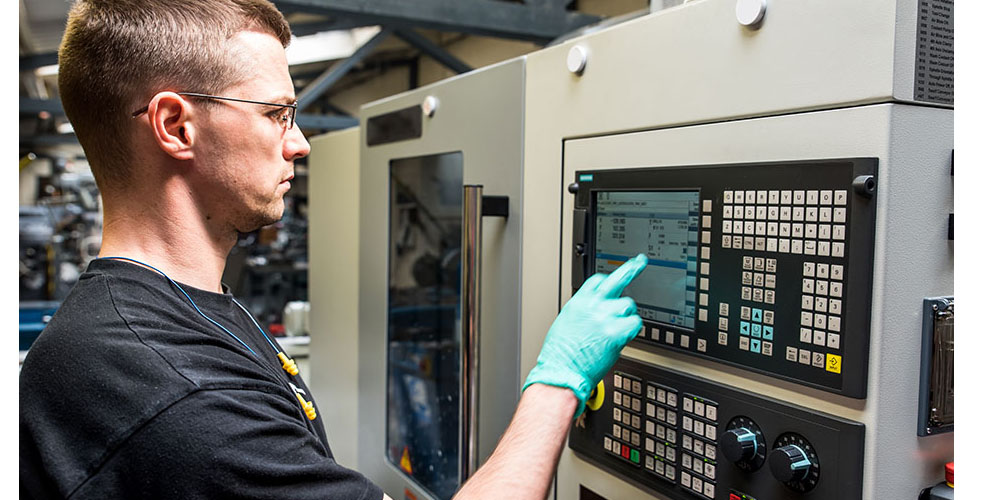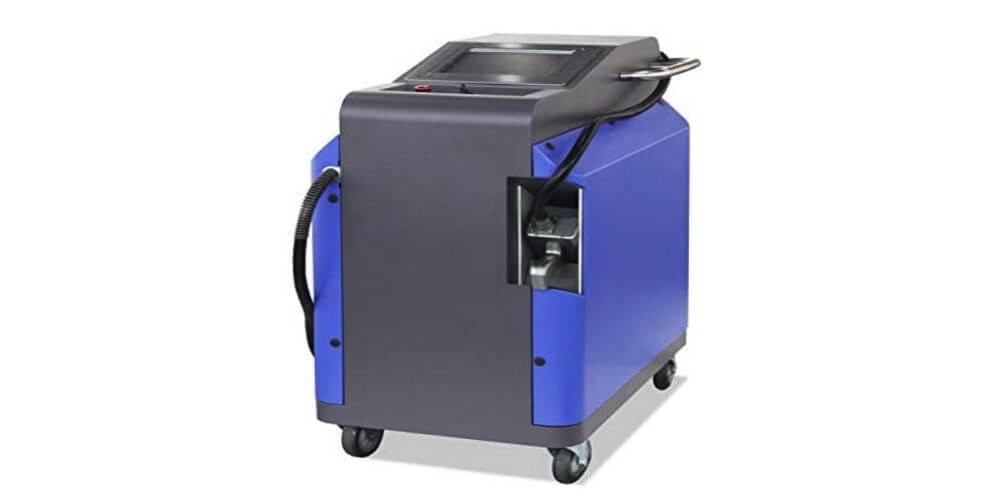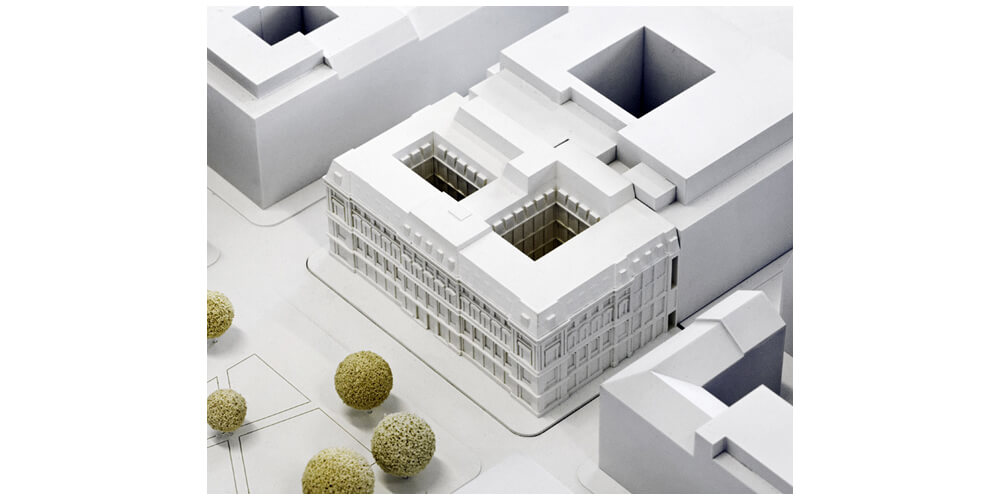For a milling machine to function effectively as a whole, all the parts must be up and running. The secret to keeping a healthy machine part is to make sure you get high quality when making purchases at first.
China CNC milling Services is one of such companies that offer high-quality milling services including quality parts. It is not enough to know where to get high-quality parts. As a knowledgeable consumer, you should be duly aware of their functions as well hence the essence of this blog.
Example of parts that are indispensable in a milling machine includes
Frame
The frame offers support to the total setup and helps it remain rigid and stable. Usually, it consists of a base and one or more columns that can be detached.
The headstock is one of the most essential parts of a frame although most times its importance is ignored. Spindles are set up on headstocks and if not properly placed could result in vibrations during operations.
Spindle
This part is popularly known as the “heart” of the machine and can be horizontally or vertically placed depending on the type of machine. It is made up of a rotating assembly and a section for the positioning of tool holders.
The tool holder is used to attach the shaft of a spindle to the tool. To promote the longevity of a spindle, you should apply lubricants when necessary to reduce the effects of fiction.
Table
The table serves as a solid base for clamping the workpiece. To make clamping easier, most tables use T-slots. If the CNC milling machine is horizontally designed, It would include pallets together with Tap-holes.
This makes it easier for an operator to move parts to be machined across the table. Magnets are also used in some cases to secure clamps. To avoid the loss of the Z-axis, engineers preferably attached the magnets to the machine tables.
CNC Control Panel
The control panel performs the same function as the nervous system in a human body. It harbors the electronics that control various activities in the machine.
The CNC monitor and programming buttons are also part of the control panel. Their main function is to input codes and data. In every setup, the control panel is placed within reach so that it can be easily accessed.
Axes
Basically, CNC milling machines all have the X/Y/Z axes. In addition to these, a rotational axis of C /A or B is included depending on the machine’s configuration. For programming, the g-code in the CNC controller is often utilized.
Tool/ Tool Changers
Usually, tool changers are attached to the column or mounted separately to the milling machine. Those attached separately are preferred if the machine needs large tool changers.
This method is easier and saves more time. It also helps engineers prevent excess vibrations that are not necessarily needed.
Tool holders
Although tool holders come in various sizes, the standard size is BT 30 to BT 40 and BT 50. Different tool holders have different applications and therefore a particular one may not be suitable for all machines.
For better rigidity and balance, operators are advised to use the BBT versions which is an improved version of the standard BT. With BBT versions, connections and bonds are stronger because it provides double contact points.
Conclusion
Apart from the ones discussed above, there are other components of a mining machine. But these are the vital ones without which the machine cannot function.












